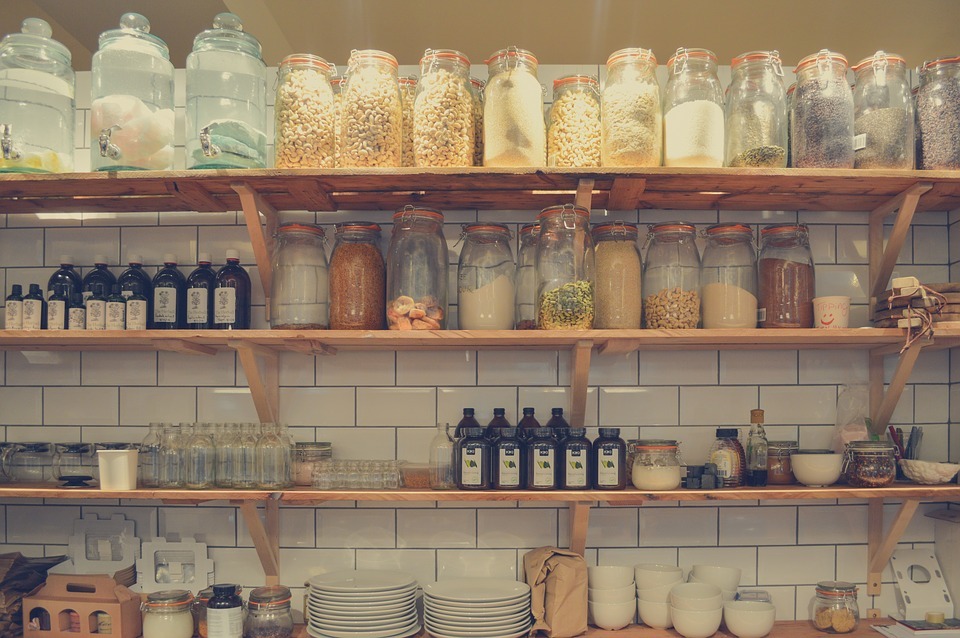Storing things that are meant for “just in case” or things that are unlikely to be needed for quite some time can be challenging. They take up space that can be needed for storing more commonly used items, so a location that can be accessed but is out of the way can be a good idea. However, it is important to remember that extreme temperatures and changes in temperature can negatively affect the quality of many items. This can make finding an appropriate location more difficult.
If the items you need to store will be unaffected by temperature changes, an outdoor storage shed or a garage without climate control can hold things. Items that fit this category would include things like summer lawn chairs (over the winter), fishing poles, alternate transportation such as bicycles, and similar things.
Most of the things one might need to store in case of a catastrophe are more sensitive to temperature changes. This includes things like food and water, medical supplies, and other survival items. Finding places to store these in the house often means making use of areas that are not always considered for storage. You can take ideas from online sites like Preparing With Dave.
In a basement, for instance, a wire shelf can be attached to the bottom of the floor joists to create visible storage. If the basement is finished, any shelves, space under the stairs, or closets can be perfect for storing items that are not being used regularly. Under the stairs can work for main floor storage, as well, if the house has a second story.
The spaces under the beds is a good storage as well; underbed storage containers are available at many stores these days. Some beds sit too low for storage, but the area can still be utilized with the use of bed risers – usually sturdy plastic cubes with indents in the top to hold the bed’s legs.
Upper shelves in closets are sometimes difficult to access, making them useful for storing things that are only used occasionally.
Bungee cords can be used to make a wall into storage for lighter objects; this is best for a basement or garage area.
Shelves can be installed above doors and windows. These are more difficult to access, so storing things there that are not commonly accessed is perfect.
Sliding or rolling storage that fills a slim area such as the one that is sometimes found between the refrigerator and the wall is perfect for anything, but its “out of sight, out of mind” location can be good for things that do not need to be considered very often.
The crawl space underneath a home is not generally considered a safe storage space due to dampness, mold and mildew, and critters like insects, spiders, and rodents. However, this area can be converted into a usable storage area. This involves lining the floor with something to block moisture, which can be plastic for DIY-ers or concrete if a more professional result is desired, adding insulation for temperature control, ventilation as needed and conditioning such as dehumidifiers.
Storing Water
Water is absolutely essential. It is also bulky and heavy. Storing water can be more problematic long-term than most items. Water to be stored for a long time needs to be completely clean, as any bacteria or other substances can cause the water to become undrinkable over time. Having water stored in a variety of locations can help if one area becomes inaccessible, such as a basement during a flood.
Water should be kept in a cool place, if possible, and in a non-plastic container for best results. Plastics can contaminate the water over time. Water that comes bottled commercially will have a date printed on it by which it should be used. If this sort of water is part of your stores, be sure to use the oldest water and replace it with fresh water regularly.
Bottles that have been used for water or soda previously can be sanitized and used to store water. Sanitizing bottles requires cleaning them thoroughly then adding a teaspoon of bleach to a quart of water and putting it into the containers, closing the lid, and shaking or turning the bottles to get the solution on all surfaces. Rinse well and fill with treated water (city water from the tap, for example). These filled containers should be good for six months or so.

